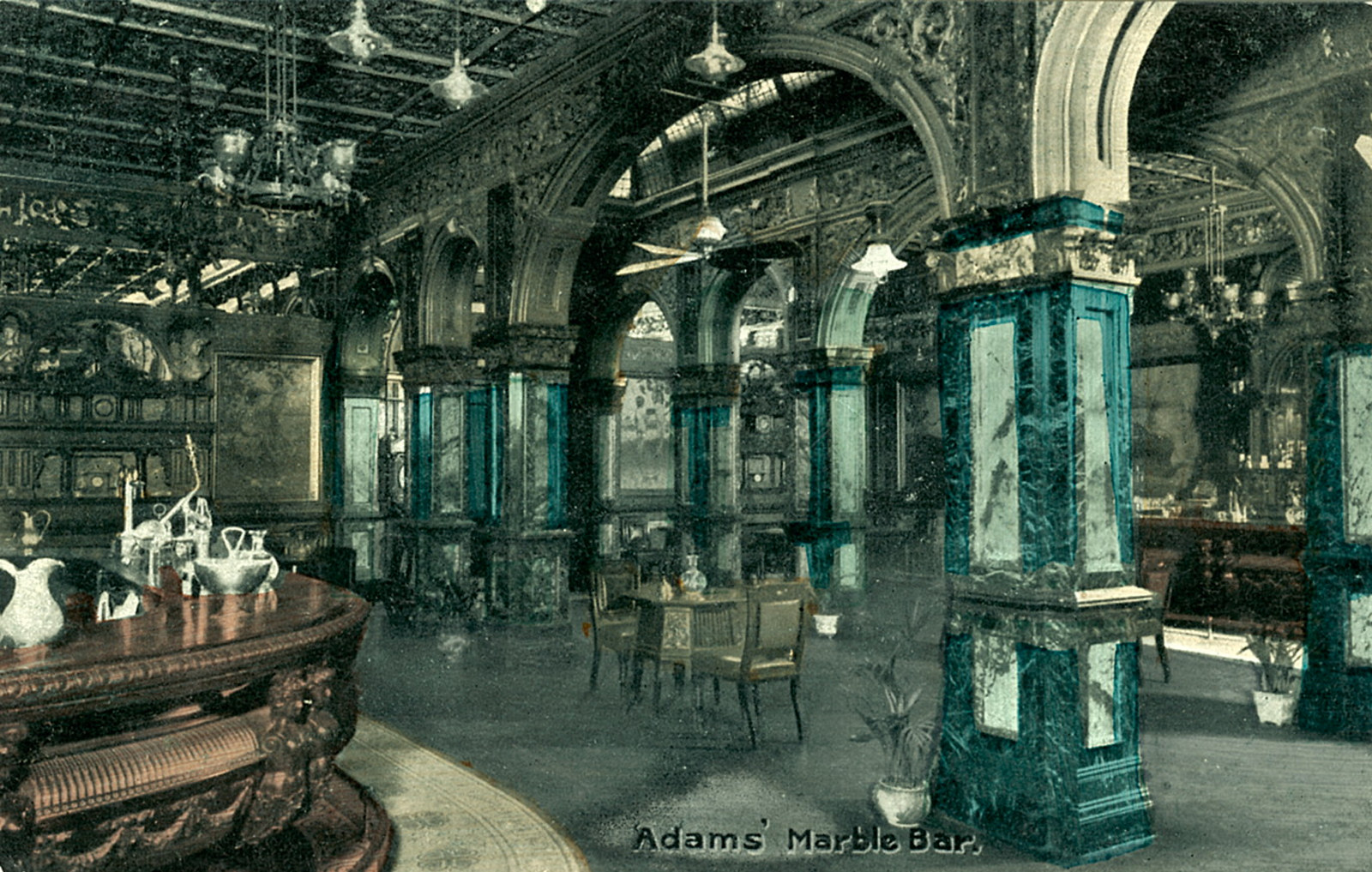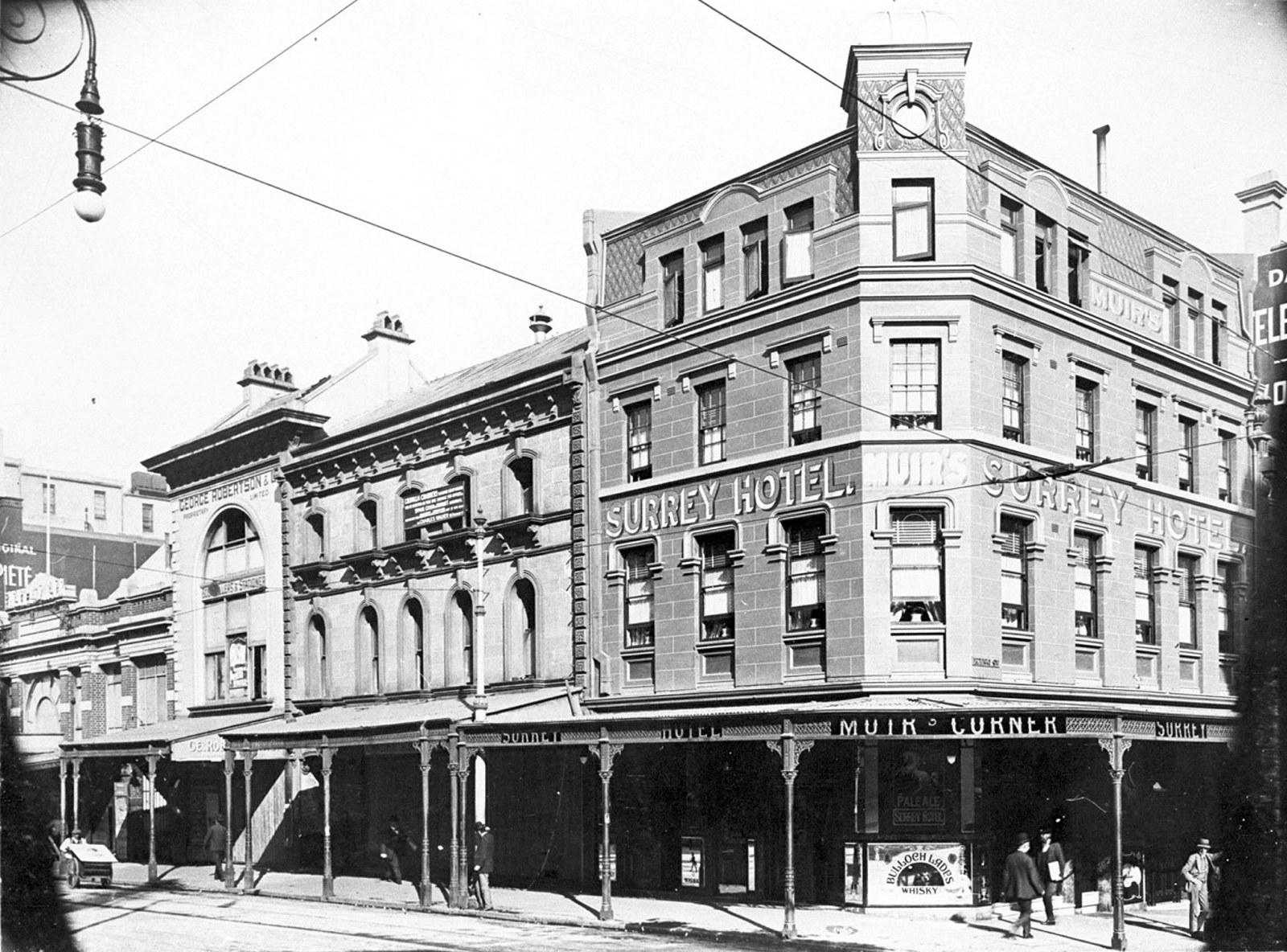Sydney’s Pubs: liquor, larrikins & the law
The landscape of Sydney is unthinkable without its vibrant, character-filled and sometimes controversial pubs. Pubs define the pulse, personality and tempo of the city and provide a convenient yardstick of how our customs and social mores have evolved.
More than any other Australian institution, the pub provides a convenient yardstick to measure the way our customs and social mores have evolved over the years. Think back to the makeshift grog shops in the goldfields; to the rough-and-tumble bush pubs where the drover or shearer cashed his season's cheque and then attempted to drink his way through it; to the tiled, male-only monstrosities of the 'six o'clock swill' era; right up to the smart, architect designed inner-city bars, gastro pubs and mini casinos of today.
Pub is a shortened version of 'public house', which helps to explain the origin of many colonial-era hotels like The Lord Nelson Hotel in The Rocks, which claims to be the 'oldest continuously licensed hotel in Sydney'. The Lord Nelson was originally a two-storey private home built by William Wells in 1836 from sandstone blocks quarried by convicts from the base of Observatory Hill.
Wells obtained a liquor licence and in 1842 he opened the doors of his home to the public for the first time, naming his hotel after the English naval hero of the day. The doors have remained open ever since, but the interior of the hotel and the nature of its clientele have changed over the years, reflecting whims of fashion and taste. Sometime in the 1930s the sandstone walls in the public bar and upstairs were covered with tiles or coated with concrete render, as if to hide their naked historical significance.
Thankfully, the current owners have largely restored the pub's interior to its original state. Echoing the role of certain Sydney pubs of an earlier era the new owners installed a tiny brewery, which is still producing house ales.
As breweries grew larger and less numerous during the 20th century they increasingly influenced the nature of pubs and strictly controlled the choice of beers (or lack of it) available within individual hotels. By mid century, Tooth & Co had become Sydney's dominant brewery through the acquisition of lesser players, including nearest rival Resch's, which it took over in 1929. Tooth's ultimately owned the majority of city pubs, which were 'tied houses' - offering only Tooth's products to the public.
Six o'clock closing, introduced in 1916, ushered in perhaps the darkest era for beer drinkers. Pubs, at worst, were notorious 'tiled urinals' with Spartan interiors designed for maximum dispensing of beer, but with little in the way of civilised comforts. Geoffrey Scharer, a retired fourth generation publican, was born in 1940 and remembers spending his early teenage years in his father's pub during the last days of the six o'clock swill (which lasted until 1954 in New South Wales):
My old man (Bernie Scharer) ran an incredibly busy pub at Rushcutters Bay. The public bar had 12 different beer taps and they all poured the same beer - Reschs Draught - and there were no seats or stools in the bar at all. Everyone stood at the bar five and six deep and there was sawdust on the floor... My brother and I had the job of sweeping up the sawdust after closing. Dad would 'salt' it with two-bob coins which was our payment - and the sawdust was full of cigarettes and p*** and vomit. We swept it up with two broad brooms and Dad came behind us with a hose and then squeegeed the water out until the bar was all nice and clean and ready for opening the next day.
Interviews with Geoffrey Scharer, October 2007 Lord Nelson Hotel, 2008.
Middy or schooner?
The 1957 novel They're a weird mob was set in the latter days of six o'clock closing and contains many colourful insights into pub life at that time. The narrator, Nino Culotta, is an English-speaking Italian who arrives in Sydney totally unprepared for the local slang and drinking customs. He enters a Kings Cross pub and asks for a beer. 'Middy or schooner?', the barmaid asks.1 Culotta is perplexed by the question, understandably enough, and, indeed, the origin of 'schooner' remains unclear, although it obviously refers to a large glass of beer (15 fluid ounces) and is peculiar to New South Wales.
A complete stranger comes to Culotta's rescue and buys him a beer. A short time later he informs him that it's 'Your turn to shout'. More puzzlement follows and, after explanations, the New Australian says he's no longer thirsty and asks, 'Would it be all right if I bought a drink for you, and did not have one myself?' 'No it wouldn't be all right,' the man thunders, 'that's the worst insult you can offer a man - means you don't think he's good enough to drink with!'2
Our man Culotta catches on quickly as he's rapidly inducted into Australian drinking etiquette and its unwritten rules. When he starts work as a builder's labourer his workmates take him to the 'rubbity-dub' after his first day's work, although they avoid the local 'bloodhouse' in favour of a more salubrious drinking hole.
The sort of pub depicted in this bestselling novel was soon to become an endangered species, under threat from licensed clubs, random breath testing and modern lifestyles. Many inner-city pubs have disappeared without trace and those that survive have reinvented themselves variously as sports bars, mini casinos with banks of noisy poker machines or smart eateries serving all manner of international cuisine - or a combination of all three.
Currently the government is proposing to liberalise licences for smaller inner-city venues and there is a noticeable backlash against the rampant rise of the poker machine phenomenon. Who knows how the pub will continue to evolve with future shifts in fashion and taste?

Pubs Then and Now
Prominent figures such as Clover Moore, Sydney’s Lord Mayor, have been highly visible in a recent campaign to change the way Sydney drinks. Although the city does have a few funky lounge bars, and micro-breweries are on the rise, many argue that the Sydney pub scene has been overly commercialised through pokies, televised sports and noisy, crowded bars. Indeed, Melbourne’s European-style hole-in-the-wall bars are often held up as shining examples of more civilised venues. Additional problems including alcohol-fuelled violence, 24-hour opening and pub-facilitated gambling have given weight to this new push for smaller, more intimate bars.
The NSW Government has responded with a revised Liquor Act, expected to operate from mid 2008. The Act proposes a cheaper, general bar licence for smaller venues that do not provide poker machines or takeaway alcohol. Restaurants will be able to serve alcohol to patrons who are not dining, and live music will be encouraged via provision of a special licence. Once again, Sydney’s pubs are poised to reinvent themselves due to the demands and expectations of customers, much as they did in the 1920s and 1930s. How Sydney’s pubs mutate, transform and diversify over the next decade, faced with the inevitable competition from smaller venues, will determine the future shape of Sydney’s drinking culture.

Footnotes
1. John O'Grady, They're a weird mob, Ure Smith, Sydney, 1960, p25
2. ibid, p27
3. Copyright holder has to date not been located.
More stories
Browse allPublished on